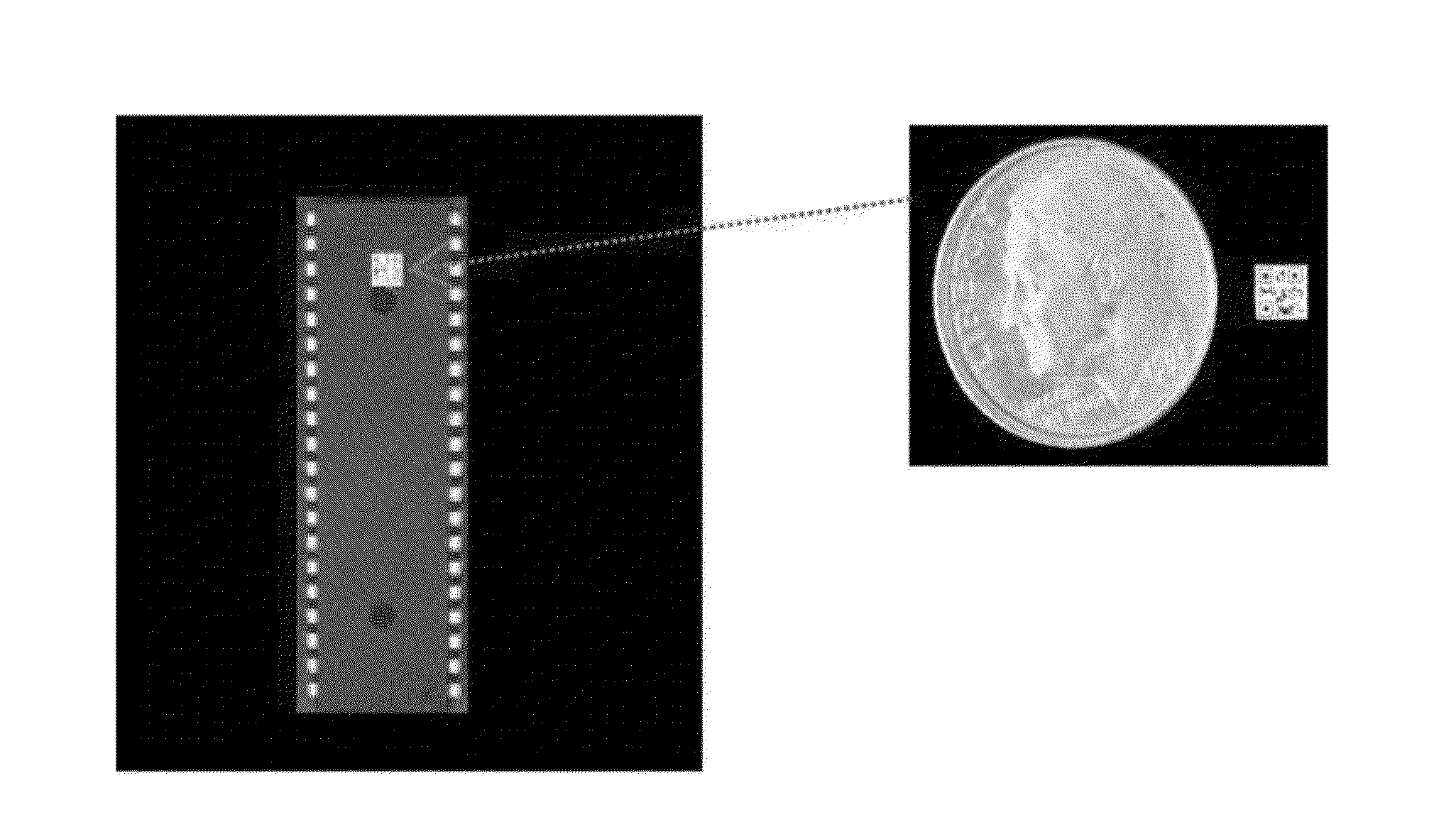Method and System for Verification and Authentication Using Optically Encoded QR Codes
- Summary
- Abstract
- Description
- Claims
- Application Information
AI Technical Summary
Benefits of technology
Problems solved by technology
Method used
Image
Examples
Embodiment Construction
)
[0036]According to the present disclosure, advantageous systems and methods for optical tagging are provided. According to exemplary systems and methods of the present disclosure, data is encrypted using a full-phase double-random-phase encryption with photon-counting, and then an iterative compression technique is applied based on Huffman coding to compress the image. The data can then be stored in a QR code and placed on the object to be authenticated. Commercial QR scanners, e.g., scanners built into Smartphones such as an iPhone or Android device, can be used to scan the QR code and capture the encrypted data. The encrypted data can then be decrypted and decompressed using the correct keys and dedicated algorithms to deal with the photon-counting nature of the data. Image recognition algorithms, such as nonlinear correlation filters, can be used to verify the decrypted image against the primary image for authentication.
[0037]QR Codes
[0038]A QR code is a 2 dimensional (2D) barco...
PUM
 Login to View More
Login to View More Abstract
Description
Claims
Application Information
 Login to View More
Login to View More - R&D
- Intellectual Property
- Life Sciences
- Materials
- Tech Scout
- Unparalleled Data Quality
- Higher Quality Content
- 60% Fewer Hallucinations
Browse by: Latest US Patents, China's latest patents, Technical Efficacy Thesaurus, Application Domain, Technology Topic, Popular Technical Reports.
© 2025 PatSnap. All rights reserved.Legal|Privacy policy|Modern Slavery Act Transparency Statement|Sitemap|About US| Contact US: help@patsnap.com



